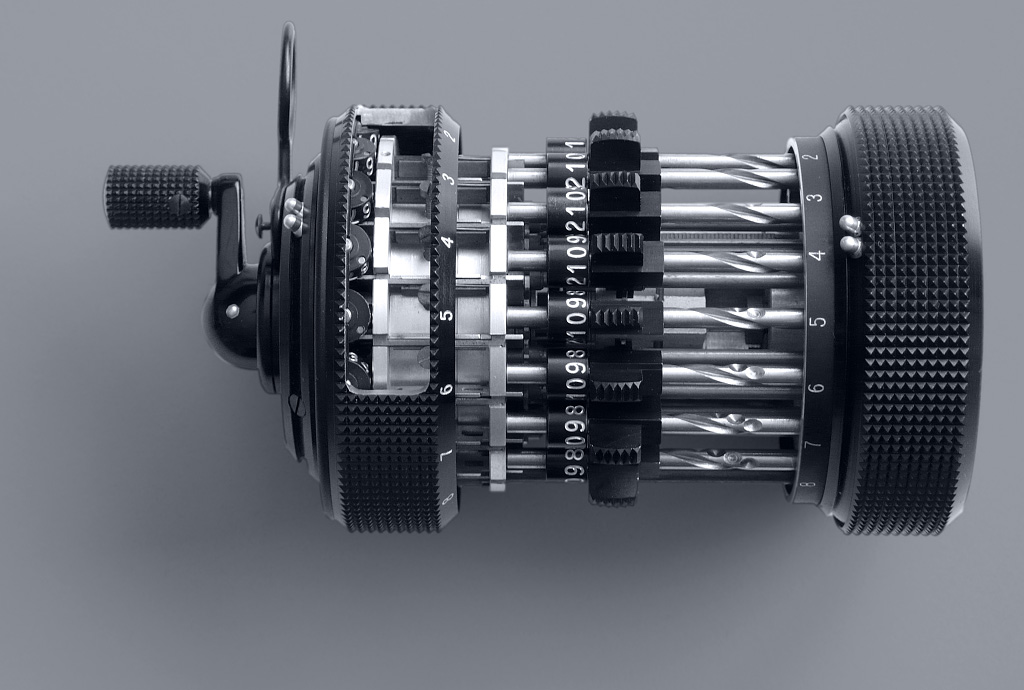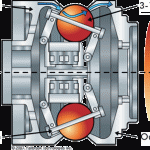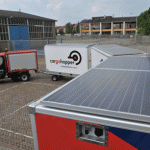“Even more useful than the books or activities, though, is the principle behind libraries, that we and our neighbours can pool our resources and hold things in common that all of us occasionally need. Most of the Western World, however, adopted this principle for books and then stopped, never extending it to other obvious areas of life. In fact, the trend of the last few decades has been the opposite – people bought more and more of their own private stocks of anything, no matter how expensive or little-used: a row of ten family homes might have ten rakes, ten chainsaws, ten barbecue pits and ten Dora the Explorer videos, each of which is used for only a few hours a year.” Read.
Best Curta Pictures Ever
Curta pictures (thank you, Richard). More information on the device (previously): “Computing without electricity“.
Dutch Book Bindings (12th – 21st Century)
Book bindings of the Royal National Library of The Netherlands. Via BibliOdyssey, where you can find a selection.
Primitive Technology Handbook
 Primitive Ways makes use of the internet to teach us the lost knowledge of our Stone Age ancestors: making fire, tools, weapons, cooking utensils, musical instruments, shelters, and much more.
Primitive Ways makes use of the internet to teach us the lost knowledge of our Stone Age ancestors: making fire, tools, weapons, cooking utensils, musical instruments, shelters, and much more.
Not everything is that useful in the 21st century, but the site contains a wealth of information and many of the diy-projects sure look like fun. Moreover, they also combine traditional skills with modern materials, like in this four-hour kayak. Some articles are extremely short, but very useful – see the Inuit Thimble, for example.
Primitive Ways is also available as a book or a dvd, but all information is freely accessible on the website. Articles also appeared in the “Bulletin of Primitive Technology”, a print magazine from the Society of Primitive Technology.
Another good resource is “Primitive Technology: A Book of Earth Skills“, available on Amazon. Update: “The origins of invention: a study of industry among primitive peoples“.
Digital Books and Your Rights
A checklist for readers by the EFF. Previously: Second hand bits and bytes.
Pen Shaking Centrifuge
“Sometimes, if a pen stutters, you can get it going again by shaking it. But sometimes it seems to take a lot of shaking. So I figured, what if I could shake it really really hard? What if I built a centrifuge to get the ink flowing again? And so this project came about!”
Hand tool overkill. Don’t miss the video (and the other projects by Matthias Wandel).
Via Make Magazine.







